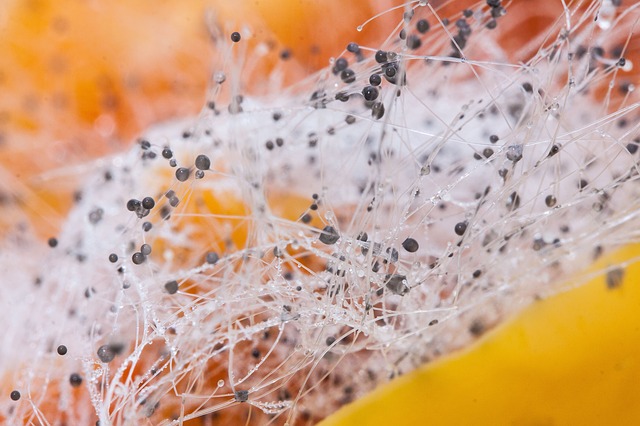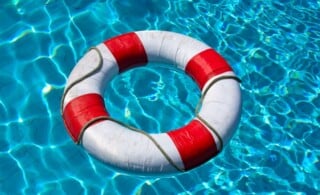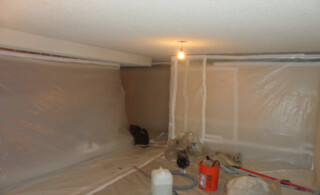
Black mold is often used to describe common household molds that can a variety of colors, usually some shade of gray, olive green, or black. Mold is a fungal spore that can grow in the presence of water and some food source such as wood, cardboard, or insulation. Nobody knows exactly how many different kinds of mold there are, but 100,000 is a conservative guess. None of them are good for your home, but very few are truly toxic.
Toxic black mold, then, is also an often misapplied term. Large exposures to black mold of any kind can cause respiratory problems, commonly similar to generic sinus allergies. The exposure to mold, though, rarely acts as infection. Once you’re rid of your mold problem, your sinus and respiratory symptoms should also subside. Your symptoms may be more severe if you happen to be allergic to mold or if you become exposed to a large amount of toxic black mold. (Excessive exposure is usually only an issue if you attempt to remove the mold yourself without wearing protective gear.)
Identifying and Preventing Black Mold
Most often, the first sign of black mold is to see or smell it. Mold will give off a musty smell or a smell associated with rotting vegetables, depending on the type of mold and what the mold is consuming. If you smell mold, but you can’t see it, search for sources of water that may have infiltrated your home. If you have a mold problem, you also have a water problem. It’s that simple. A home mold inspection professional will be able to identify hidden places where mold can hide that may be inaccessible to many homeowners. Mold testing kits that attempt to identify mold content in the air are relatively unreliable, as the mold content of your air fluctuates naturally.
Preventing the occurrence of black mold is as cut-and-dry as eliminating water or high-moisture in your home. Periodically check your pipes, gutters, and other possible sources of water infiltration is a great start. Buy a dehumidifier and you’ll definitely reduce your risk, but even the most conscientious homeowners can still be susceptible to mold in their home.
Ready to start your black mold removal?
Find ProsHealth Effects of Toxic Black Mold
You may have seen television specials about the dangers of mold. These are rare instances of absolute worst-case scenarios. Most of those stories involve the specific fungal spore Stachybotrys. This is one of the few truly “toxic” molds. Even then, fatal cases have been restricted to infants in water-damaged homes. Casual exposure to the mold is unlikely to have serious consequences, if you deal with your mold problem in a timely fashion. If your infant is coughing blood, has a nose bleed not related to any injury, or severe coughing in an anemic child, you should seek medical attention right away. In adults, exposure to mold is likely to cause nothing worse than common sinus symptoms.
Reacting to Black Mold: Be Safe and Reasonable
If you discover you have mold in your home, even if it has a black color, there’s no reason you should go screaming from the house. If you have an infant or someone in the house is allergic to mold, you may want to isolate that individual from the room or rooms where the mold is growing. You should also immediately call a mold removal contractor, but you don’t need to panic, spend the night at a hotel, or go to the emergency room. Unless, of course, you first notice you have a mold problem because you have adverse medical symptoms, then you might consider more drastic action.
 Lead Paint Common Sense
Lead Paint Common Sense  How Do I Get Rid of the Moldy Odor in My Basement?
How Do I Get Rid of the Moldy Odor in My Basement?  Guide to Room-by-Room Repairs for Easy Accessibility for Disabled Loved Ones
Guide to Room-by-Room Repairs for Easy Accessibility for Disabled Loved Ones  Pool Safety Guide for Homeowners
Pool Safety Guide for Homeowners  Asbestos Removal: A Primer
Asbestos Removal: A Primer 

I live in Halifax NS i Work at BluenoseII restraunt they have black mold in there Dinning area They refuse to get rid of it